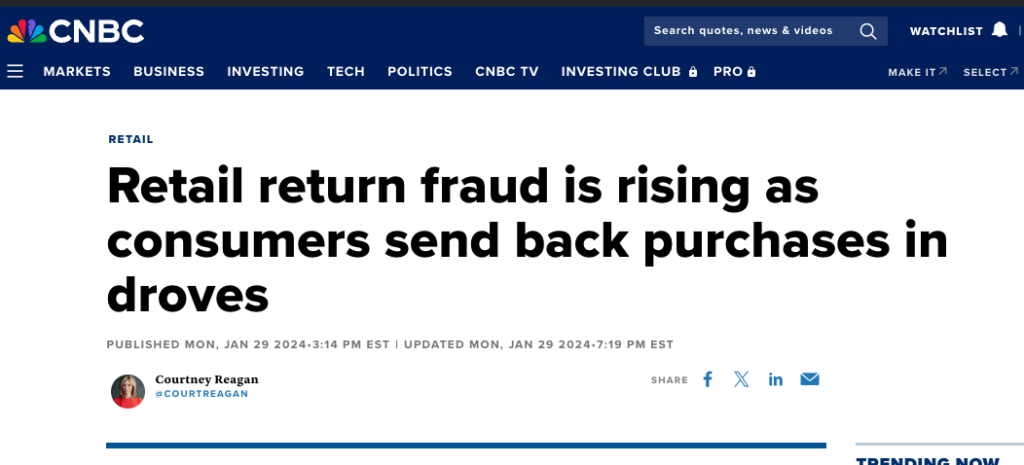Today, I wanted to dive into a critical issue plaguing the e-commerce world: return fraud and abuse. As online shopping grows, so do the challenges associated with returns. I’ve worked with clients facing this exact problem, and I want to share with you how to safeguard your business from these fraudulent practices.
Understanding the Problem
Return fraud and abuse come in various forms. It ranges from customers returning items they’ve used or damaged, to more sophisticated schemes like wardrobing (e.g., purchasing a dress for an event and then returning it) or bracketing (e.g., buying numerous pairs of shoes in different colors and sizes and returning all but one pair). As a consultant, I’ve seen firsthand how these practices can erode profits and disrupt inventory management.

For instance, consider a business who sold high-end electronics. They faced a significant loss due to customers returning used items, claiming they were defective. This not only impacted their bottom line but also damaged their brand reputation.
Strategies to Mitigate Return Fraud
The key to combating return fraud is a combination of prevention, detection, and response. Let’s explore these strategies:
Clear Return Policy
Establishing a clear and concise return policy is crucial. For a fashion retailer I worked with, they developed a policy that was easy for customers to understand yet strict enough to deter fraudulent returns. This included time limits, condition requirements, and restocking fees for certain items.
Tracking Returns
Another effective strategy is tracking returns. Use technology to monitor return patterns and identify potential abuse. For example, if you see customers with high return rates, you can flag them and take proactive measures to combat their behaviors.
Educating Customers
Don’t underestimate the power of educating your customers. Creating awareness about the impacts of return fraud can discourage such behavior. You can achieve this through informative content in your newsletters and social media, explaining the environmental and economic costs of return abuse.
The Human Element
Beyond these strategies, never forget the human element. Personalized customer service can go a long way. For some industries (like personalized home decor), engaging with customers before they make a purchase can reduce the likelihood of returns. They could educate customers on product choices, which in turn would lead to more informed buying decisions.
To Sum It Up
Return fraud and abuse are not just a nuisance, but a significant threat to your business’s health. By understanding the problem, implementing effective strategies, and maintaining a focus on customer education and service, you can protect your business and maintain healthy profit margins.
Let me know how these tips work for you, and if there’s any other aspect of e-commerce you’d like me to explore, just drop me a line.
Catch you next week.
Josh